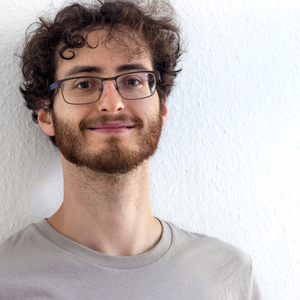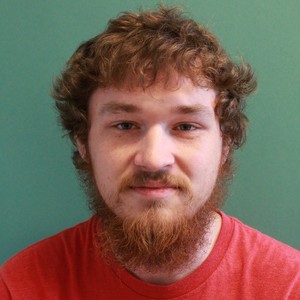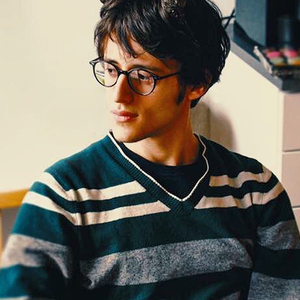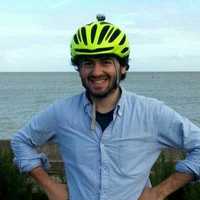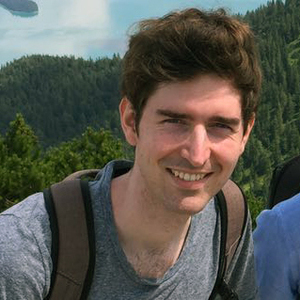Human Pose, Shape and Action
3D Pose from Images
2D Pose from Images
Beyond Motion Capture
Action and Behavior
Body Perception
Body Applications
Pose and Motion Priors
Clothing Models (2011-2015)
Reflectance Filtering
Learning on Manifolds
Markerless Animal Motion Capture
Multi-Camera Capture
2D Pose from Optical Flow
Body Perception
Neural Prosthetics and Decoding
Part-based Body Models
Intrinsic Depth
Lie Bodies
Layers, Time and Segmentation
Understanding Action Recognition (JHMDB)
Intrinsic Video
Intrinsic Images
Action Recognition with Tracking
Neural Control of Grasping
Flowing Puppets
Faces
Deformable Structures
Model-based Anthropometry
Modeling 3D Human Breathing
Optical flow in the LGN
FlowCap
Smooth Loops from Unconstrained Video
PCA Flow
Efficient and Scalable Inference
Motion Blur in Layers
Facade Segmentation
Smooth Metric Learning
Robust PCA
3D Recognition
Object Detection
Causal Representation Learning

Causal representation learning aims to move from statistical representations towards learning causal world models that support notions of intervention and planning, see Fig. (a) [].
Coarse-grained causal models Defining objects that are related by causal models typically amounts to appropriate coarse-graining of more detailed models of the world (e.g., physical models). Subject to appropriate conditions, causal models can arise, e.g., from coarse-graining of microscopic structural equation models [], ordinary differential equations [
], temporally aggregated time series [
], or temporal abstractions of recurrent dynamical models [
]. Although models in economics, medicine, or psychology typically involve variables that are abstractions of more elementary concepts, it is unclear when such coarse-grained variables admit causal models with well-defined interventions; [
] provides some sufficient conditions.
Disentanglement A special case of causal representation learning is disentanglement, or nonlinear ICA, where the latent variables are assumed to be statistically independent. Through theoretical and large-scale empirical study, we have shown that disentanglement is not possible in a purely unsupervised setting [] (ICML'19 best paper). Follow-up works considered a semi-supervised setting [
], and showed that disentanglement methods learn dependent latents when trained on correlated data [
].
Multi-view learning Learning with multiple views of the data allows for overcoming the impossibility of purely-unsupervised representation learning, as demonstrated through identifiability results for multi-view nonlinear ICA [] and weakly-supervised disentanglement [
]. This idea also helps explain the impressive empirical success of self-supervised learning with data augmentations: we prove that the latter isolates the invariant part of the representation that is shared across views under arbitrary latent dependence, see Fig. (b) [
].
Learning independent mechanisms For image recognition, we showed (by competitive training of expert modules) that independent mechanisms can transfer information across different datasets []. In an extension to dynamic systems, learning sparsely communicating, recurrent independent mechanisms (RIMs) led to improved generalization and strong performance on RL tasks [
]. Similar ideas have been useful for learning object-centric representations and causal generative scene models [
].
Extracting causal structure from deep generative models We have devised methods for analysing deep generative models through a causal lens, e.g., for better extrapolation [] or creating hybridized counterfactual images, see Fig. (c) [
]. Causal ideas have also led to a new structured decoder architecture [] and new forms of gradient combination to avoid learning spurious correlations [
].
New notions of non-statistical independence To use the principle of independent causal mechanisms as a learning signal, we have proposed two new notions of non-statistical independence: a general group-invariance framework that unifies several previous approaches [], and an orthogonality condition between partial derivatives tailored specifically for unsupervised representation learning, see Fig. (d) [
].
Members
Publications

